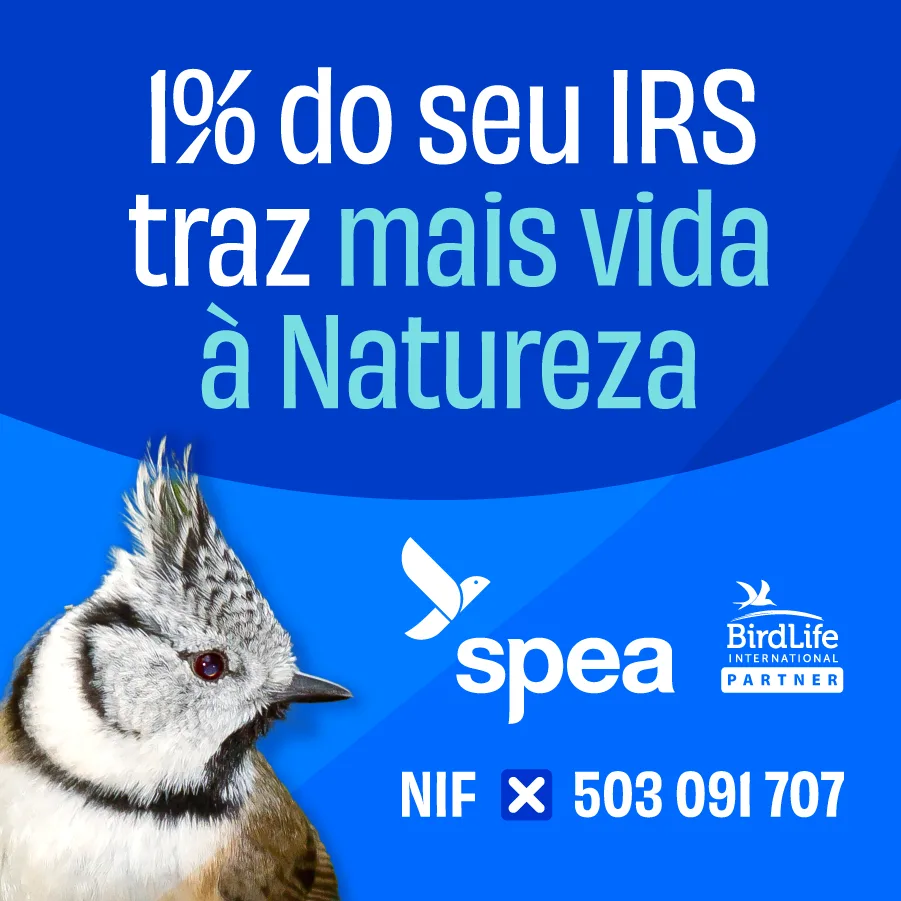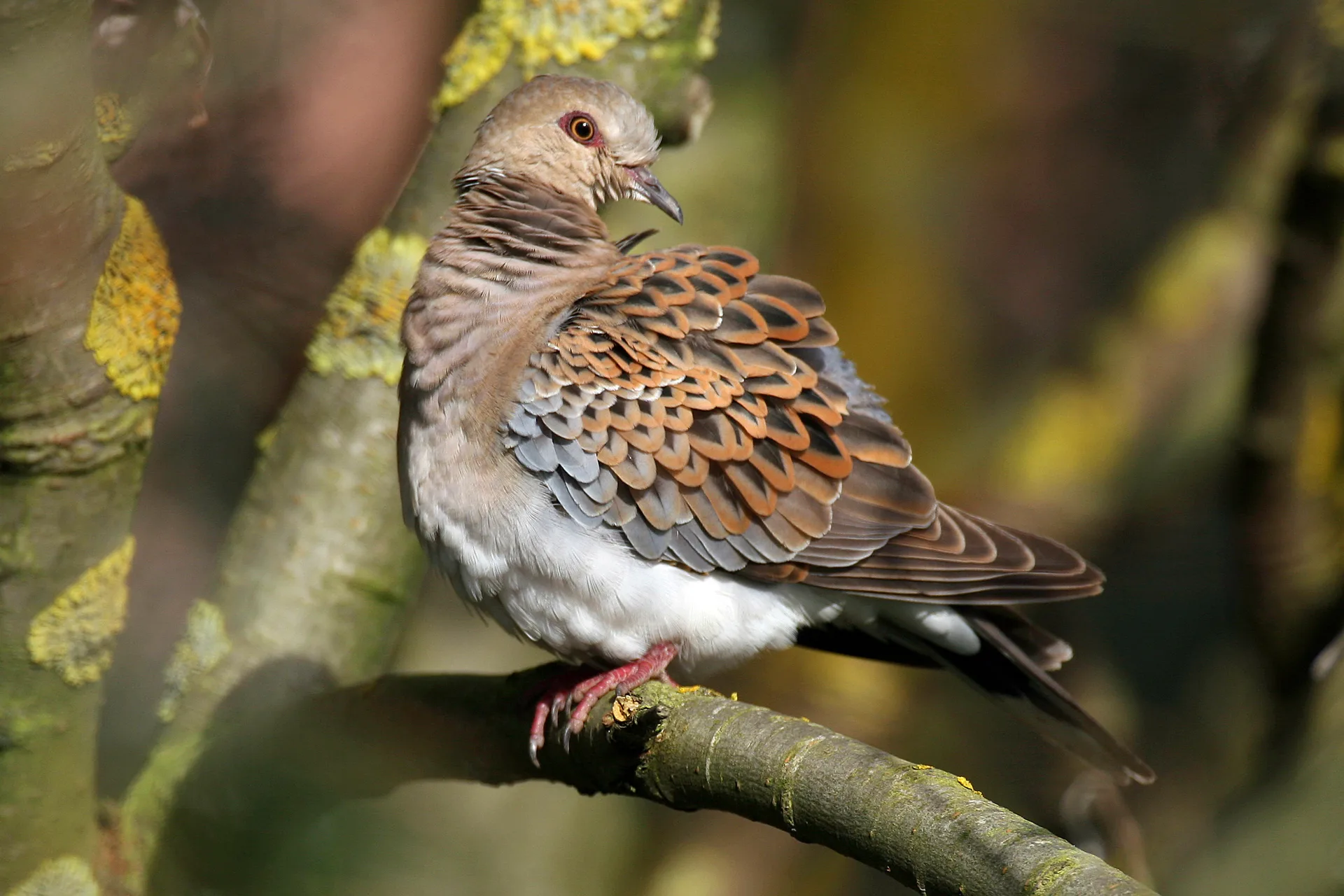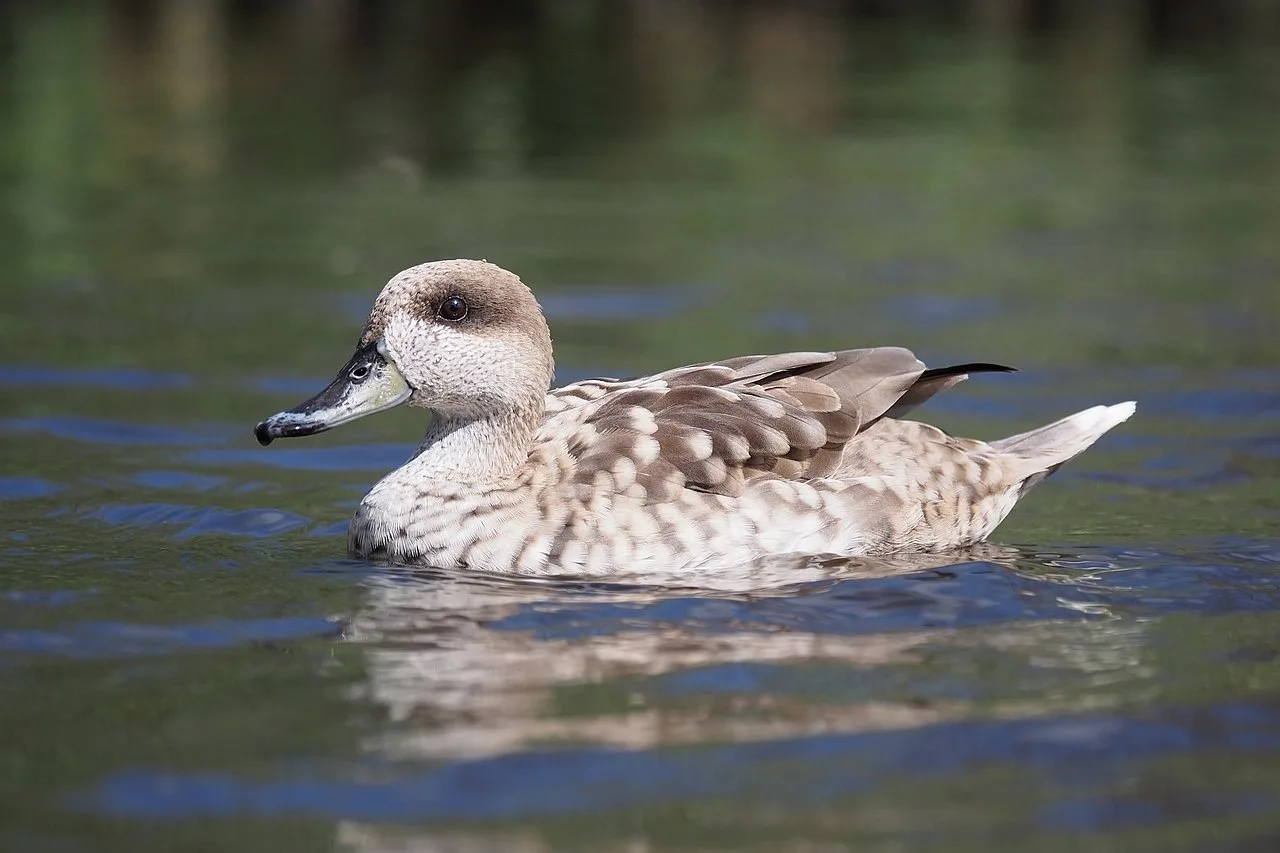A wildlife photographer discovered, by chance, the European snow vole (Chionomys nivalis) in the summer of 2014, in Montesinho, North of Portugal. This is the first record for this species in the country and was published in Italian Journal of Zoology on 2 November.
Gonçalo didn’t know what he was looking at. Two little “strange” mice passing by, on a summer night in 2014, in a gorse and heather meadow in Montesinho mountain region, at 1300 m. The infrared images recorded by a camera that he placed under a big rock confronted him with a different kind of mouse. “It was a species that I didn’t recognise. I couldn’t tell what it was. It was a very peculiar animal”, he told Wilder.
This wildlife photographer was in Montesinho looking for mammals for an awareness conservation project. But it turned out that his images helped science discover a new species to Portugal. “Everything happened by chance”, he said.

Gonçalo sent his images to a team of biologists in UTAD University (Universidade de Trás-os-Montes e Alto Douro), in Bragança district. Soon enough they realized it was a new species of mammal no one had ever seen in the country. Could it be a snow vole? There were no historic records of it in Portugal. There was still a lot of work to do.
That same team of biologists travelled to Montesinho in October 2014, to a place called Lama Grande, to look for the mouse and to be sure. They set 27 traps, baited with fresh apples and carrots, and with hydrophobous cotton as bedding material.
“We were able to capture two snow voles, an adult male and a juvenile female”, said Hélia Vale-Gonçalves, a biologist working with small mammals at UTAD, and one of the paper authors. “The animals were weighed and sexed, and the reproductive status and standard biometric measurements were recorded. Also, tissue samples were collected”. Then, the mice were released at the trapping location.
Next to the traps “we found many traces of snow voles’ presence, such as little tunnels on the vegetation and lots of galleries”, she told Wilder.
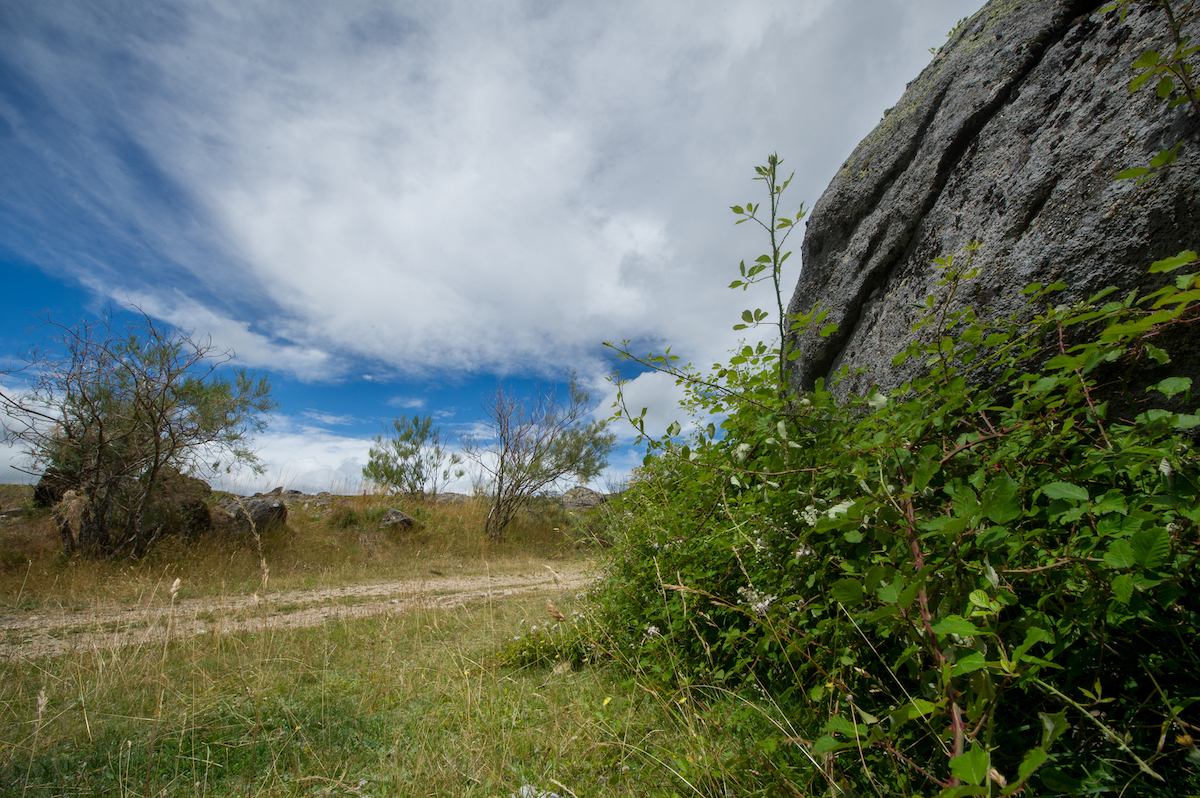
The mice were quite different from the other 23 species of small mammals known to science in Portugal. Their tail was longer, the whiskers were larger and white and the fur was very different, says Hélia. The confirmation of the first record of Chionomys nivalis in Portugal was made after the study of its morphologic characteristics, biometrics and genetic analysis.
The male Hélia captured weighted 49 grams and measured 122,4 mm; its tail measured 72,8 mm.
This species lives in open country, in mountain regions above 1300 meters. These mice have their dens on the ground, near big rocks; their vital territory is very small and their diet consists mainly of grasses.
Where the snow vole has been all this time?
The range of the European snow vole’s populations is widespread, from Turkmenistan to Spain. Now we know it also lives in Portugal.
Although there are no historic records of this species in the country, the scientists believe European snow vole may have a suitable habitat in other Portuguese mountain regions, such as Gerês and Estrela. The paper states that Montesinho’s population may be connected to the Sanabria’s population, in Spain.
“Thanks to the genetic analysis, we are able to sustain that the Montesinho’s population has been separated from the Spanish population for many years now”, says Hélia.
The biologists wrote in the paper that “although this new finding might be seen as evidence for the recent expansion of the species’ distribution range in the northern part of the Iberian Peninsula, it is highly likely that it actually represents the discovery of an existing but previously undetected population in northeastern Portugal”.
Snow vole might have been undetected because it’s very difficult to spot and because “there are gaps (of information) about the range of several species’ distribution in Portugal”, the scientists noted.
“This new record of snow vole occurrence highlights the need for accurate regional surveys of small mammal distribution and population trends to facilitate the definition of species conservation status.”
European snow vole is considered a widespread species with stable populations and has an International Union for Conservation of Nature (IUCN) conservation status of least concern (LC). Despite that, the snow vole is regionally protected, being included in the Mammal Red Books of Spain, Italy and Ukraine. “Due to the specificity of its ecological requirements, the species distribution is highly fragmented and restricted to mountainous regions including the Pyrenees, the Alps, the Apennines, the Tatra Mountains, the Carpathians and the Balkan Peninsula”, according to the paper. Besides, this species is very vulnerable to habitat changes, due to its ecological specialisation.
Meanwhile in Portugal, Gonçalo Rosa wants to return to Montesinho to search for the snow voles.
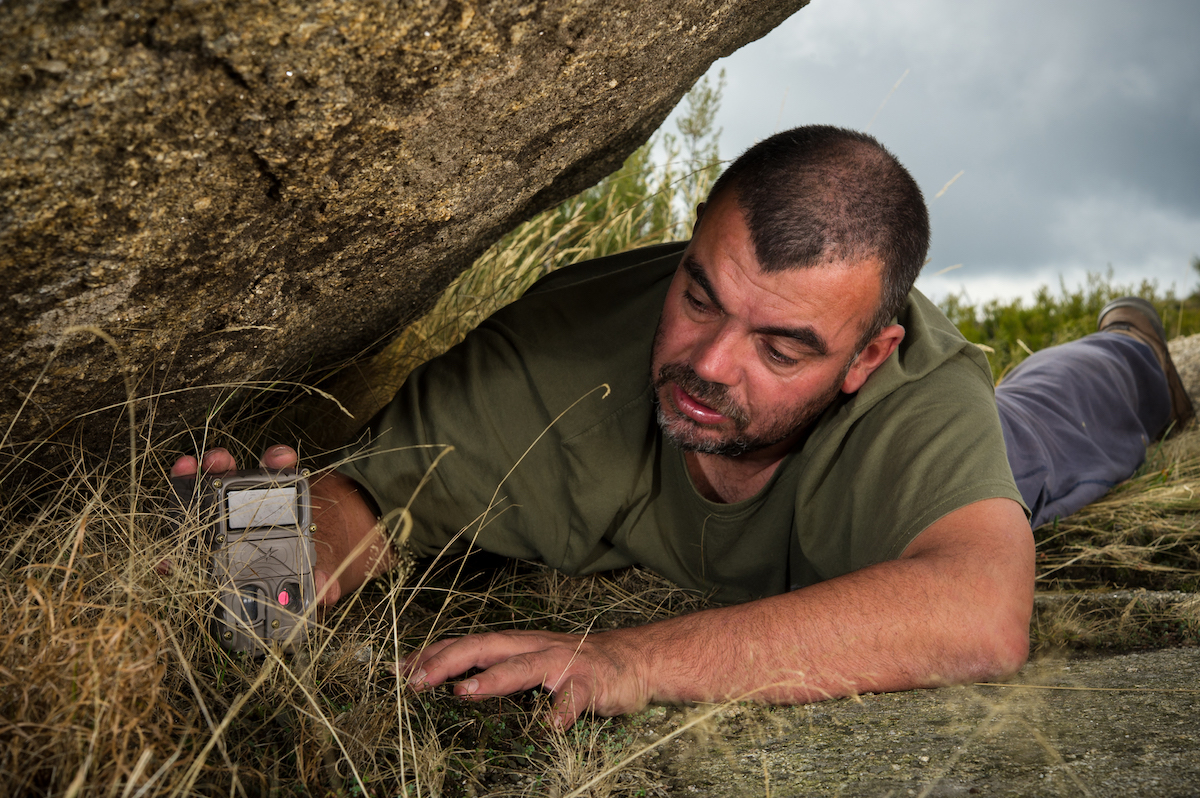
“I’ve never seen them again, since the summer of 2014”. Next year he will be back.

